How to reclaim space after upgrading to Windows 10 October 2020 Update
Are you running out of space after the Windows 10 October 2020 Update? Here's how to recover most of the space.
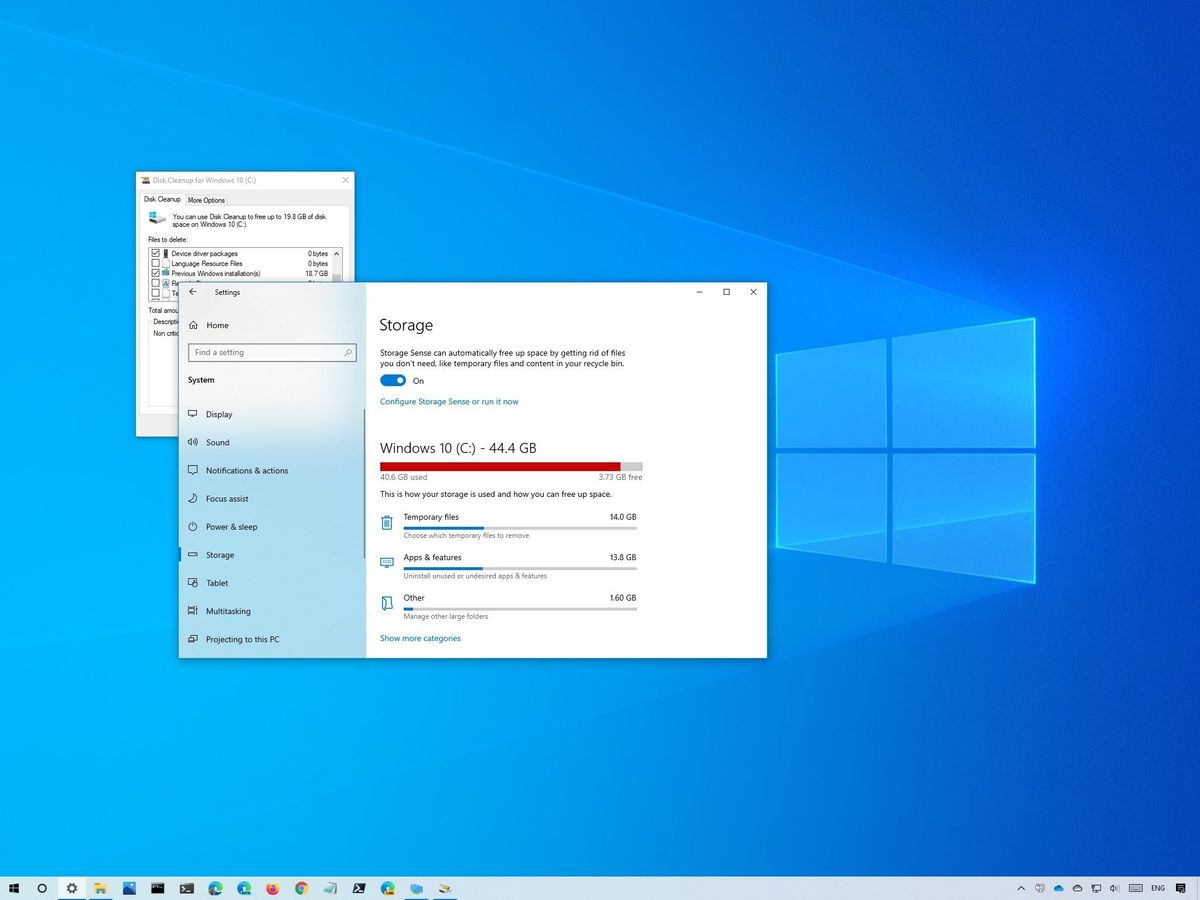
On Windows 10, when you upgrade to a new version, such as the October 2020 Update, the setup process creates a copy of the previous installation in case the device has to roll back to its original settings because of a critical error or compatibility issue during or after the upgrade. (Check out our full Windows 10 October 2020 Update review for details on this release.)
Although this safeguard mechanism can help revert changes in certain scenarios, the files can take a significant amount of space (inside the "Windows.old" folder). Getting rid of the previous installation files allows you to reclaim close to 20GB of storage, which may not seem like a lot, but on laptops with limited storage could mean more time without thinking about replacing the hard drive.
This only applies to devices coming from the November 2019 Update, May 2020 Update, and older releases, since computers using the May 2020 Update (version 2004) will receive version 20H2 as a monthly quality update, which doesn't require reinstallation and won't take much space.
In this Windows 10 guide, we'll walk you through the steps to remove the backup copy of the previous installation after installing version 20H2 using Settings and Disk Cleanup.
- How to free up space after October 2020 Update using Storage sense
- How to free up space after October 2020 Update using Temporary files
- How to free up space after October 2020 Update using Disk Cleanup
How to free up space after October 2020 Update using Storage sense
If you're coming from Windows 10 version 1909, 1903, or an older release, use these steps to reclaim storage space after the installation:
- Open Settings.
- Click on System.
- Click on Storage.
- Under the "Storage" section, click the Configure Storage Sense or run it now option.
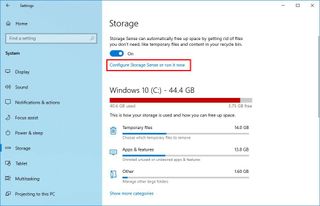
- Under the "Free up space now" section, check the Delete previous version of Windows option.
- Click the Clean now button.
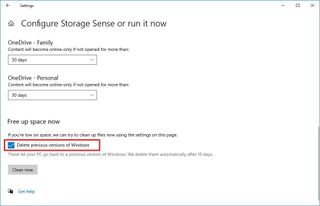
Once you complete the steps, the previous installation files will be removed from the primary hard drive reclaiming several gigabytes of space.
How to free up space after October 2020 Update using Temporary files
You can also remove the previous installation backup files with these steps:
Get the Windows Central Newsletter
All the latest news, reviews, and guides for Windows and Xbox diehards.
- Open Settings.
- Click on System.
- Click on Storage.
- Under the "(C:)" section, click the Temporary files option.
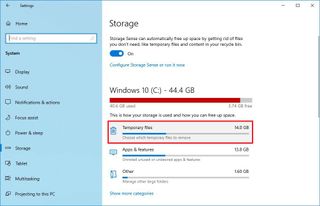
- Check the Previous Windows installation(s) option.Quick tip: You can also select other temporary files to recover additional space. If you have important files in the "Downloads" folder, make sure to clear the option (if applicable).
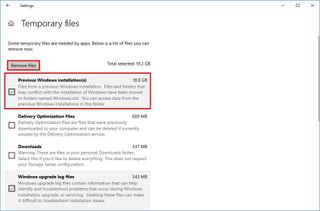
- Click the Remove files button.
After you complete the steps, the files from the previous installation will be removed from the device.
How to free up space after October 2020 Update using Disk Cleanup
Alternatively, you can use the Disk Cleanup tool to delete the backup copy of the previous setup after upgrading to the October 2020 Update.
To use Disk Cleanup to remove the previous Windows 10 installation, use these steps:
- Open Start.
- Search for Disk Cleanup, click the top result to open the experience.
- Click the Clean up system files button.
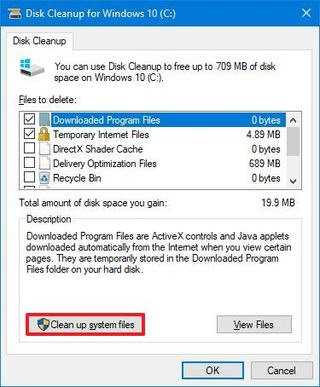
- Check the Previous Windows installation(s) option.Quick tip: You can also select other temporary files (such as Delivery Optimization Files and Windows update log files) to recover even more space. If you have important files in the "Downloads" folder, make sure to clear the option (if applicable).
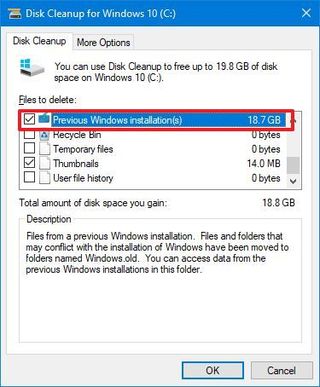
- Click the OK button.
Once you complete the steps, the "Windows.old" folder with a copy of the old setup will be deleted, freeing up storage on the computer.
Mauro Huculak has been a Windows How-To Expert contributor for WindowsCentral.com for nearly a decade and has over 15 years of experience writing comprehensive guides. He also has an IT background and has achieved different professional certifications from Microsoft, Cisco, VMware, and CompTIA. He has been recognized as a Microsoft MVP for many years.
